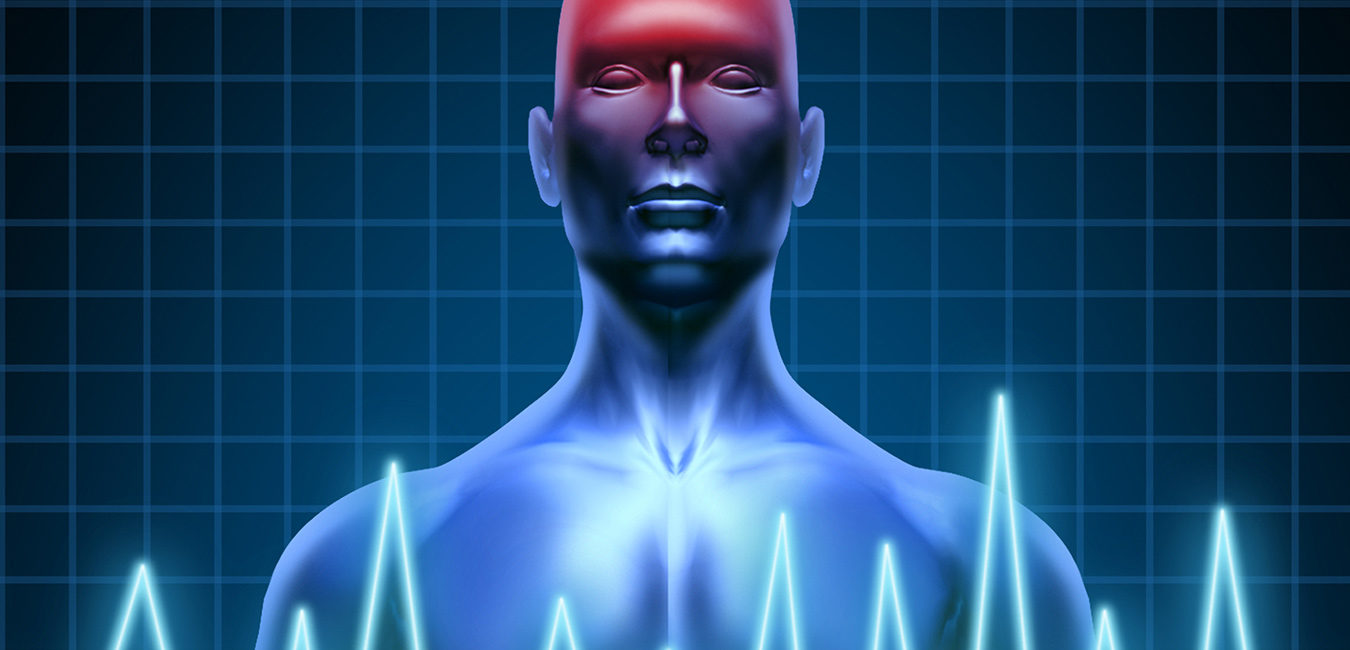Migraine headaches affect as many as 18 percent of American women and 6 percent of American men, triggering a cluster of neurological symptoms, including severe pain, visual disturbances, nausea and vomiting, tingling and numbness, and sensitivity to light, sound, and smell. If that weren’t enough, it’s beginning to appear that this common condition may also be a harbinger of future cardiovascular problems.
The latest research comes from a study in the British Medical Journal, which drew on data involving more than 115,000 women ages 25 to 42, enrolled in the Nurses Health Study II and followed for more than two decades. Researchers found that women with migraine were 50 percent more likely than those free of the debilitating headaches to develop major cardiovascular disease. They were more likely to suffer a stroke, have a heart attack, and die from cardiovascular disease, regardless of a number of possible confounders, including whether they were taking estrogen or smoked tobacco—factors that boost heart risks.
Other studies have reached similar conclusions. And there’s evidence that people with migraines are also more likely to have other heart disease risk factors, such as diabetes, high blood pressure, and high cholesterol.
The link between the two conditions isn’t completely clear. But researchers have suggested several mechanisms, including genetic markers shared by both migraine and heart disease, clotting factors, and systemic inflammation.
In fact migraine has been associated with elevated levels of the inflammatory marker, high sensitivity C-reactive protein (hsCRP), particularly in women. Researchers reporting at the recent annual meeting of the American Headache Society found that among a group of 9000-plus adults ages 24 to 32, those with migraine had significantly higher levels of hsCRP, even after taking into account such factors as the participants’ body-mass-index (BMI).
Together the findings suggest that while migraine sufferers struggle to find relief for symptoms that often send them to life’s sidelines, they may also require more aggressive work-ups for vascular risks, including tests for inflammation like hsCRP.
In particular patients whose headaches are accompanied by aura—visual disturbances experienced by about a quarter of migraine sufferers, often preceding the headache—should pay attention to the connection. A new study presented by researchers from the University of South Carolina at Columbia at the International Stroke Conference earlier this year found that there was a strong association with migraine headaches and a type of ischemic stroke, called cardioembolic stroke, which is largely preventable.
Indeed there is a growing consensus that a migraine diagnosis should send up a red flag in the doctor’s office. And physicians and their patients may be wise to recognize migraine for what it increasingly appears to be—a coronary co-conspirator and early warning sign for possible heart problems to come.

